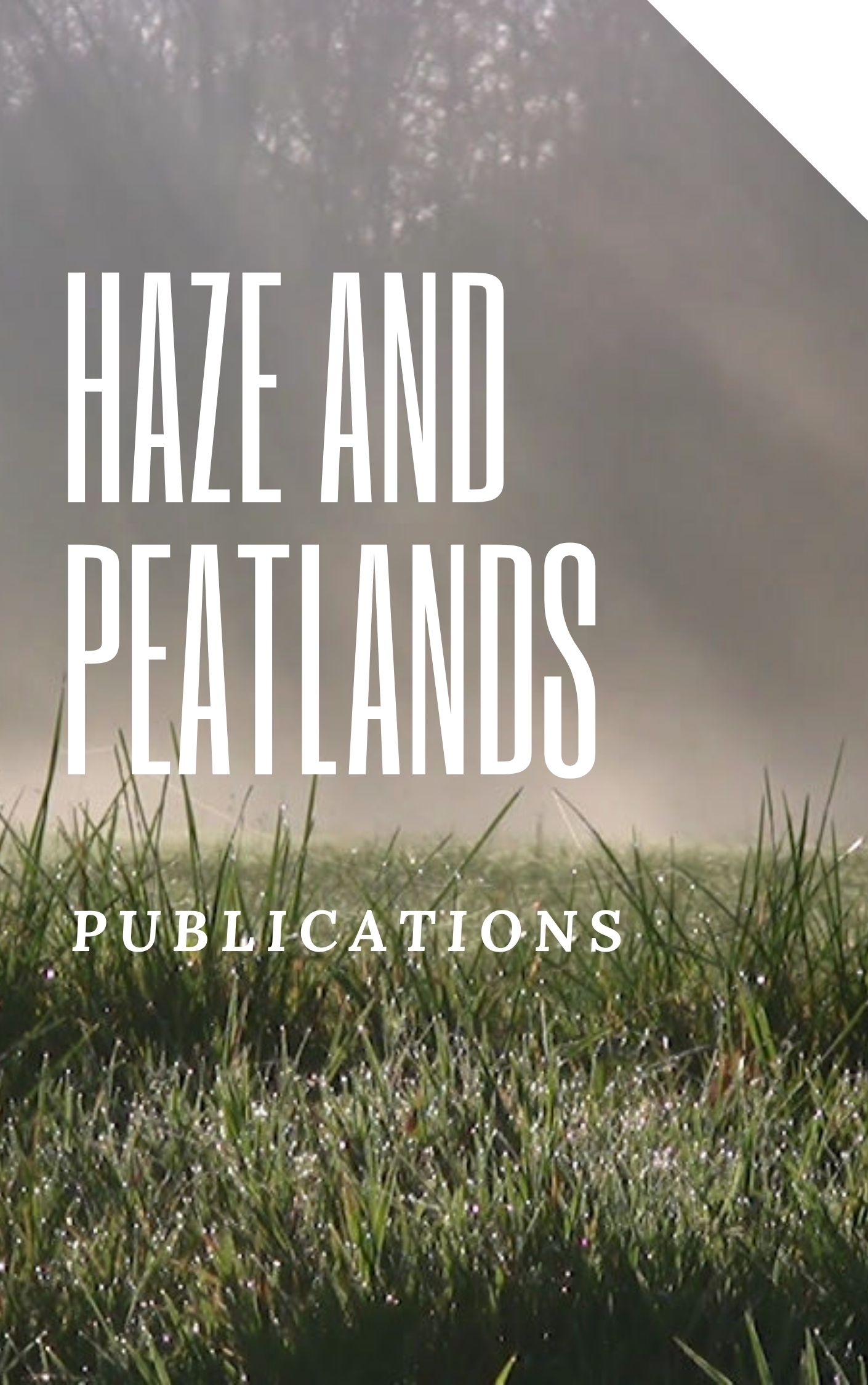This paper presents a quantitative analysis of the extent of forest and scrub burning in the Danau Sentarum area, West Kalimantan, Indonesia. Burn scar areas were detected using remotely sensed data from four periods (1973, 1990, 1994 and 1997) obtained from a 24-year record. The results show a significant increase in the total burnt area in the 197,000 ha study site, from 5,483 ha in 1973 to 17,941 ha by mid-1997. Of the area burnt by 1997, 8,021 ha, or 45% of the total burnt area, was tall forest (fresh-water swamp, peat swamp, or riverine) in 1990. This indicates a considerable component of forest destruction in the burning process. Another trend that was found was an increase in the maximum size of burn scars between 1973 and 1997, from 581 ha to 1,339 ha. It is still too early to fully explain these trends in terms of underlying causes, but field data suggest three main factors that interact in a way that is not yet fully understood. These are environment factors, resource extraction activities and increasing human population pressure. Another potential factor, with an as yet unclear role in fires, is conflicts within and between villages. Further in-depth research is required to investigate the underlying causes of fire in Danau Sentarum.
View source

